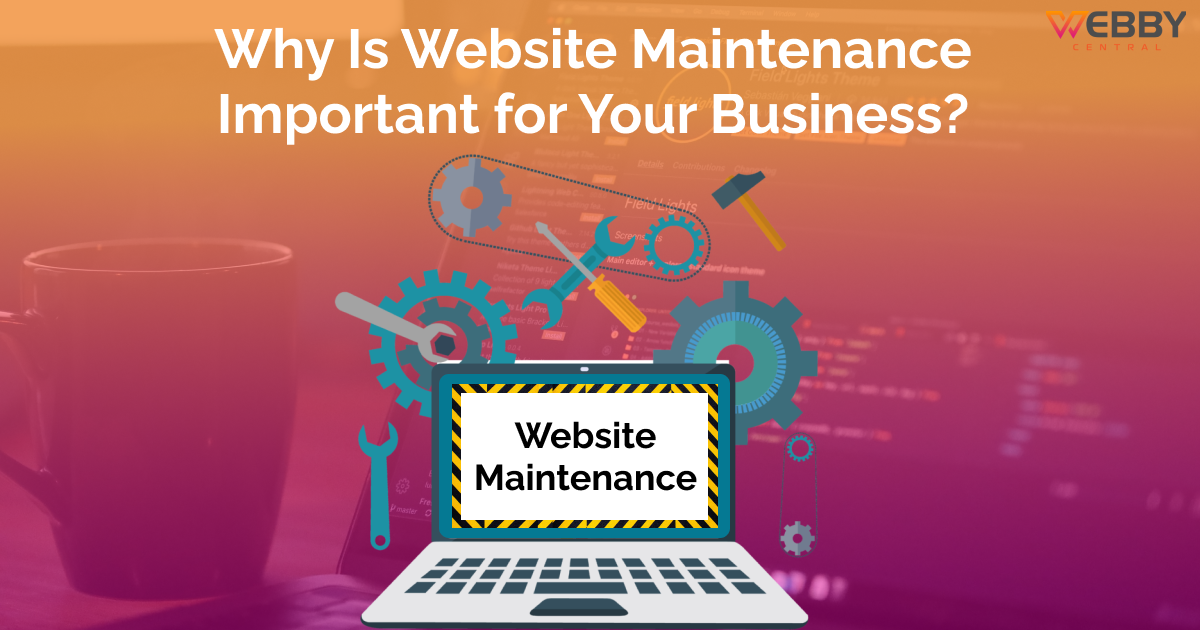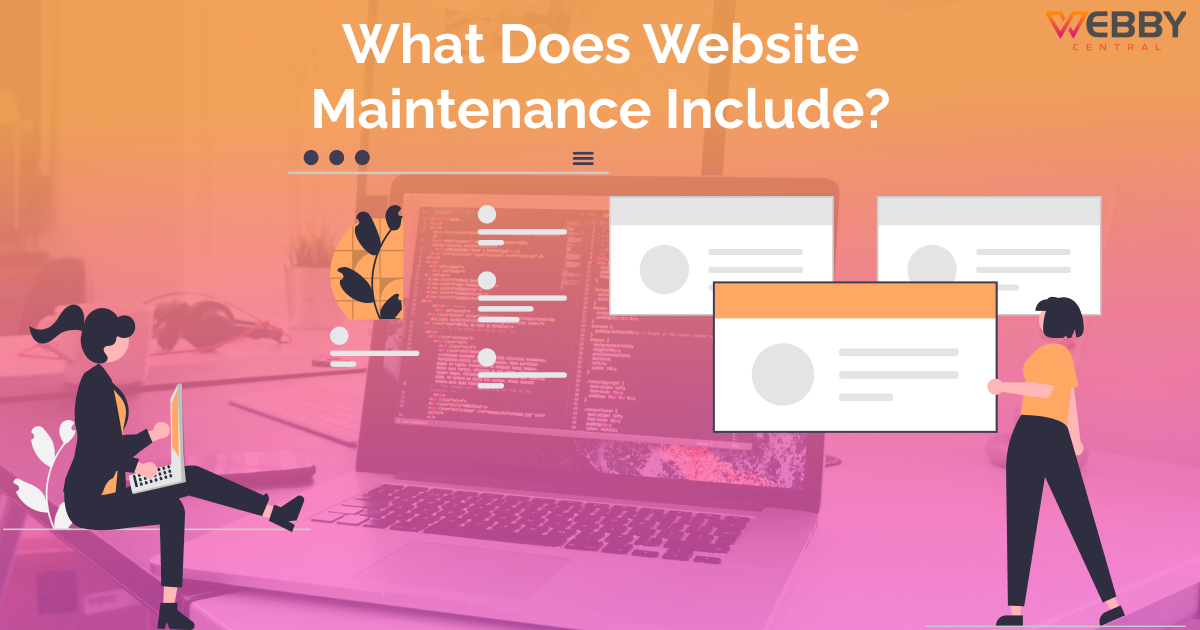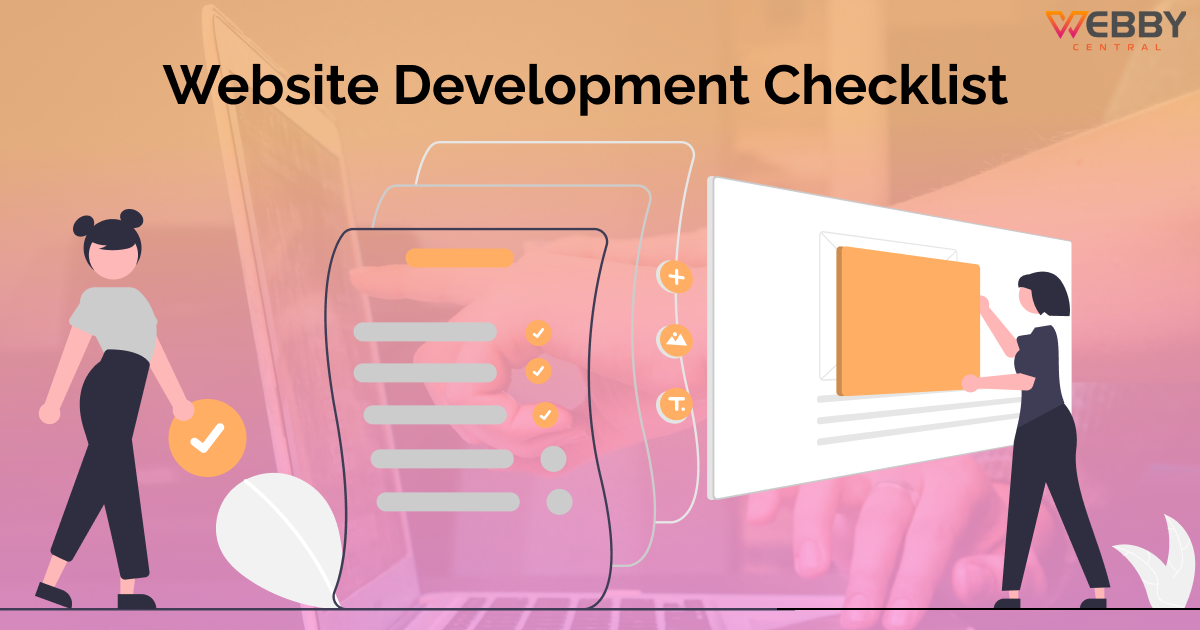Business growth roadmaps are the tools you need to visualize, communicate, and drive the business growth your company is capable of. Today’s blog post will guide you on how to plan a goal-focused roadmap for your business to set you up for success in the long term.
All business owners have defined goals and objectives, but often the steps towards achieving these goals get overlooked or underdefined. That’s why a well-formed business growth roadmap is imperative for any business.
A roadmap helps you prepare a strategic business growth plan that defines company values, creates a clear vision, and provides a realistic growth trajectory. The process begins with SWOT (Strength, Weakness, Opportunities, and Threats) analysis to create, implement, and review your company strategy.
According to Investopedia, the Bureau of Labor Statistics (BLS), around 20% of new businesses fail during their first two years of being open, 45% during their first five years, and 65% during the first ten years. Only 25% of businesses make it to 15 years or more. That’s where a business strategy and consulting partner can be a life-saver before you even know you need it.
What Is a Business Growth Roadmap?
A business roadmap is a long-form strategic and flexible document that shows where your company is going and how you are getting there. In short, it captures and succinctly presents your company’s key goals and plans for business growth. What differentiates it from your regular business growth plan is that it focuses on the bigger, longer-term picture and shows your company’s key activities.
A business roadmap makes it crystal clear how various roles, tasks, and responsibilities come together. In essence, a well-constructed business roadmap lays out everything required to turn a business plan into reality.
Why Do You Need a Well-Turned Business Roadmap for Growth?
Given the aforementioned failure rates for businesses, it’s obvious why a roadmap is crucial for your business growth plan. Before you start, you need a proper plan in place. Without a concrete plan in place, your company’s failure is nearly inevitable.
A business roadmap is not only good for company growth from a top-down view, but also helps your staff, investors, and customers see where you are now, and where you are headed in the short and long-term
You can break each roadmap section into smaller, bite-sized pieces that can be further broken down into more specific goals. This approach ensures you work towards achieving your vision and grow your company without being overwhelmed.
8 Steps to Creating a Compelling Business Growth Roadmap
There’s a fine line between optimism and naivety regarding your businesses’ chance of long-term success. No worries! We’ve got you covered with eight necessary steps for creating a successful business growth roadmap that will take your business where you need it to go. Let’s take a look!
Determine Vision, Strategy, and Goals
Business roadmaps are mainly focused on execution, from a high level down. A business growth plan comes with a vision (where you want to be), strategy (how to get there), and goals (stops along the way). Before you begin to plan business growth, you must create a clear outline of your overall vision, strategy, and goal, because only then can you turn your business vision into reality.
Develop Business Objectives
A company objective may be apparent in its mission and vision statements; however, specific objectives need to be defined individually. You must develop concrete company objectives on which your company goals and direction are built. Based on your business requirements, your objective can be anything. Once you define a major aim your business wishes to achieve, you can easily define a specific direction for your business growth.
Understand Your Customer
In any business, customers come above all, and that’s why ensuring that your business roadmap aligns well with your existing and target customer base is crucial. For that, you need to understand your customers, and what they’re looking for in a customer experience. This will help you understand what your customers want, focus on how you will satisfy their needs, and maximize revenue streams.
Perform SWOT Analysis
Performing a SWOT analysis helps you examine your internal company structures and processes as well as external factors and competition to determine what is working and what is not. Strengths and weaknesses focus on the company’s internal challenges; however, opportunities and threats look at the external influences that impact your company’s objectives. Through SWOT analysis, you can prepare a goal-focused roadmap for your business.
Become a Storyteller
It is of utmost importance for business growth roadmaps to be narrative and their creators to be storytellers. Like with any good story, a successful roadmap not only has a compelling plot but someone to narrate the story in a way that not only informs and explains but inspires as well.
Set Clear Outcomes for Everything
If something is important enough to impact the overall success of your business growth it should have measurable outcomes. An outcome-driven roadmap lays out each item from output to outcome (resources > activities > outputs > outcomes) to achieve defined goals and greater business success.
Create Working Strategies
Once you have everything outlined, it’s time to create strategies that you can implement to make your business roadmaps stronger and attainable. Your goals must be broken down into different sections, each handled by a separate team, including sales, web design, website development, and marketing. Try to create a different strategy for each section to ensure that the roadmap is executed smoothly and thoroughly.
Periodical Review
Measuring outcomes is a no-brainer, but it’s crucial to do so regularly and resist excuses for putting off outcome analysis. By reviewing your company objectives, goals, implementation plans, and operational results regularly, you’ll be able to quickly identify threats and opportunities, and rapidly develop new strategies to address them.
Final Words
Now you know about business roadmaps, their importance, and how you can develop, execute, and follow one for your business. All you need to do now is to take a step ahead, prepare a business roadmap that aligns well with your organization, and implement the eight steps listed above rightly. Ready to get started?










Write A Review